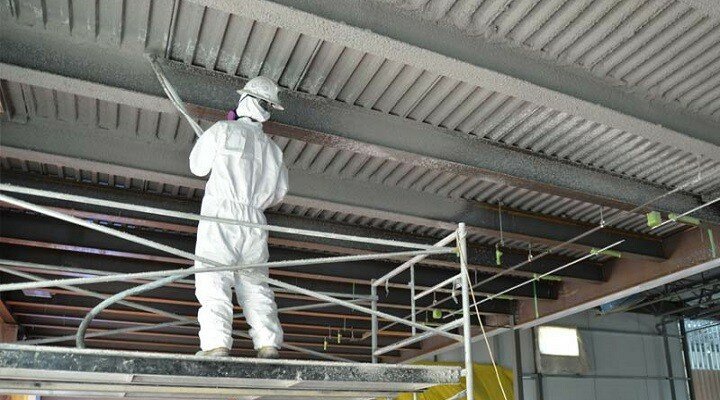Introduction
The busy cube has become a defining feature of modern work environments. As offices adapt to evolving demands, the active workspace cube stands out as a hub of activity, collaboration, and productivity. Whether it’s a dynamic office cube buzzing with ideas or a productive cube space designed for efficiency, this workspace format has revolutionized the way professionals work.
In this article, we’ll explore the benefits, challenges, and innovations of the busy cube, while providing practical tips for maximizing its potential.
What Is a Busy Cube?
A busy cube refers to a compact, shared workspace that fosters engagement and collaboration. Unlike isolated offices, occupied cubicles promote interaction among team members while offering privacy for focused tasks.
Key Features:
- Open yet defined workspace.
- Equipped with essential tools like computers, filing cabinets, and phones.
- Designed for efficient cube workspace operations.
The Evolution of the Busy Cube
1. Traditional Cubicles
Initially, cubicles served as semi-private spaces in open offices. Over time, the bustling cube area concept evolved to include technology, ergonomic furniture, and aesthetic designs.
2. Modern Dynamic Office Cubes
Today’s dynamic office cubes integrate smart technology, such as noise-canceling panels, adjustable desks, and collaboration tools, enhancing functionality.
Benefits of a Busy Cube
1. Enhanced Productivity
The productive cube space enables employees to focus on their tasks while staying connected with colleagues.
2. Space Optimization
By minimizing square footage per employee, efficient cube workspaces help businesses maximize office capacity without compromising comfort.
3. Cost-Effective Design
Compared to private offices, occupied work cubes are cost-efficient, making them ideal for startups and growing companies.
4. Encourages Team Collaboration
The proximity of engaged office cubicles facilitates quick communication and teamwork, boosting creativity and innovation.
Challenges of the Busy Cube
1. Noise and Distractions
In a crowded office cube, background noise and interruptions can disrupt focus.
2. Limited Privacy
While ideal for collaboration, hustling cubicle zones may lack the privacy needed for sensitive tasks or conversations.
3. Customization Restrictions
Standardized layouts in occupied cubicles may limit personal expression or ergonomic adjustments.
How to Optimize Your Busy Cube Workspace
1. Invest in Ergonomics
Use adjustable chairs, desks, and monitor stands to create a comfortable productive cube space.
2. Reduce Clutter
A tidy occupied work cube enhances focus and reduces stress. Use organizers and minimal decorations to keep the space functional.
3. Incorporate Technology
Equip your dynamic office cube with collaboration tools like shared monitors, video conferencing setups, and noise-canceling headphones.
4. Add Personal Touches
Subtle personalization, such as a family photo or plant, can make a bustling cube area feel welcoming and inspiring.
Innovations in Busy Cube Designs
1. Modular Cubicles
Modern active workspace cubes feature modular designs, allowing companies to adjust layouts as needed.
2. Smart Technology Integration
Innovations such as automated lighting, temperature control, and desk booking systems are transforming efficient cube workspaces.
3. Acoustic Solutions
Soundproof panels and white noise systems are addressing noise challenges in hustling cubicle zones.
Tips for a Better Busy Cube Experience
1. Set Boundaries
Use desk dividers or noise-canceling headsets to create focus zones within your engaged office cubicle.
2. Practice Etiquette
Respect others’ space and time in a crowded office cube by minimizing disruptions.
3. Stay Organized
Keep your productive cube space clutter-free to maintain a professional and efficient environment.
The Future of Busy Cubes
1. Hybrid Work Integration
As hybrid work models gain popularity, occupied work cubes are being equipped with tools for seamless remote collaboration.
2. Sustainability Focus
Eco-friendly materials and energy-efficient designs are shaping the next generation of corporate cube spaces.
3. AI-Driven Personalization
AI technology will soon allow employees to personalize their busy cube settings, from lighting to seating positions.
Conclusion
The busy cube has become a cornerstone of modern office environments, balancing efficiency, collaboration, and adaptability. Despite its challenges, innovations in design and technology continue to make active workspace cubes more functional and appealing. Whether you’re an employer looking to optimize your office or an employee seeking productivity tips, embracing the benefits of the bustling cube area can transform your work experience.
FAQs
1. What is a busy cube?
A busy cube is a compact workspace designed to balance privacy and collaboration in office settings.
2. How can I reduce noise in my cubicle?
Use noise-canceling headphones, soundproof panels, or white noise machines in your dynamic office cube.
3. Are busy cubes cost-effective?
Yes, occupied cubicles are more affordable than private offices, making them ideal for businesses of all sizes.
4. What innovations are transforming busy cubes?
Smart technology, modular designs, and acoustic solutions are enhancing efficient cube workspaces.
5. How can I personalize my busy cube?
Add small personal items, such as photos or plants, to make your productive cube space more inviting.By understanding the potential of a busy cube, you can create a workspace that is both efficient and enjoyable.











